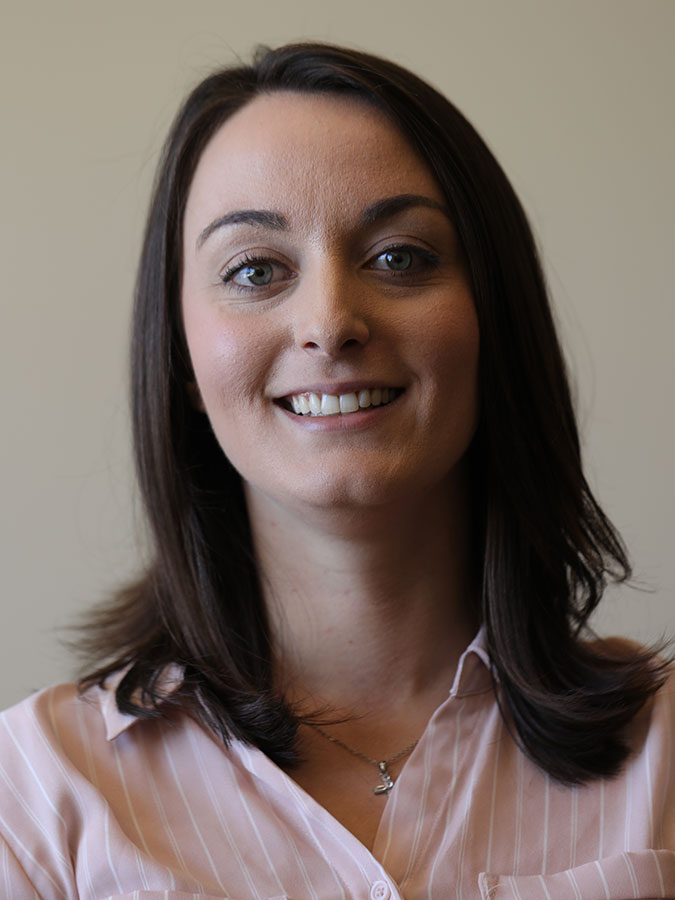Dr. Elizabeth Petsios
Assistant Professor

Education
- Ph.D., University of Southern California
Research Areas
-
Biogeosciences
- Paleontology
- Paleoecology
- Paleogenomics
Biographical Sketch
I joined Baylor University’s Department of Geosciences in 2018 as an assistant professor of paleontology. I received a B.S. from Cornell University in 2011, where I majored in Science of Earth Systems and minored in Ecology and Evolutionary Biology. I worked with Dr. Warren Allmon at the Paleontological Research Institute (PRI) on my undergraduate research thesis. My thesis focused on the evolutionary paleoecology of turritelline gastropods (“Turritella”), examining growth rate, body size, and phylogenetic relationships to assess extinction selectivity across the Plio-Pleistocene extinction boundary. In 2016 I graduated with a Ph.D. in Earth Sciences from the University of Southern California, where I worked with Dr. David Bottjer on the paleoecological recovery of marine benthic ecosystems in the aftermath of the Permian-Triassic mass extinction. I also worked on the evolution and molecular developmental biology of echinoids (sea urchins) with collaborator Dr. Eric Davidson at California Institute of Technology. I then went on to spend another year at USC as a post-doctoral researcher, working on the NSF-funded initiative Earth-Life Transitions with Dr. Frank Corsetti. In 2017 I spent a year as a post-doctoral researcher at the University of Florida, working in the Florida Museum of Natural History with Dr. Michal Kowalewski. My work there involved documenting the trend of escalating drilling predation targeting sea urchins during the Cretaceous and Paleogene.
Broadly, my research interests lie in understanding ecological and evolutionary trends across dynamic periods in Earth’s history, as they relate to marine benthic invertebrate communities. Specifically, I am interested in ecosystem responses during interval of mass extinctions (e.g. the Permian-Triassic extinction) and mass radiations (e.g. the Mesozoic Marine Revolution), and I incorporate both paleobiological and paleoenvironmental data into understanding these events and their consequences.